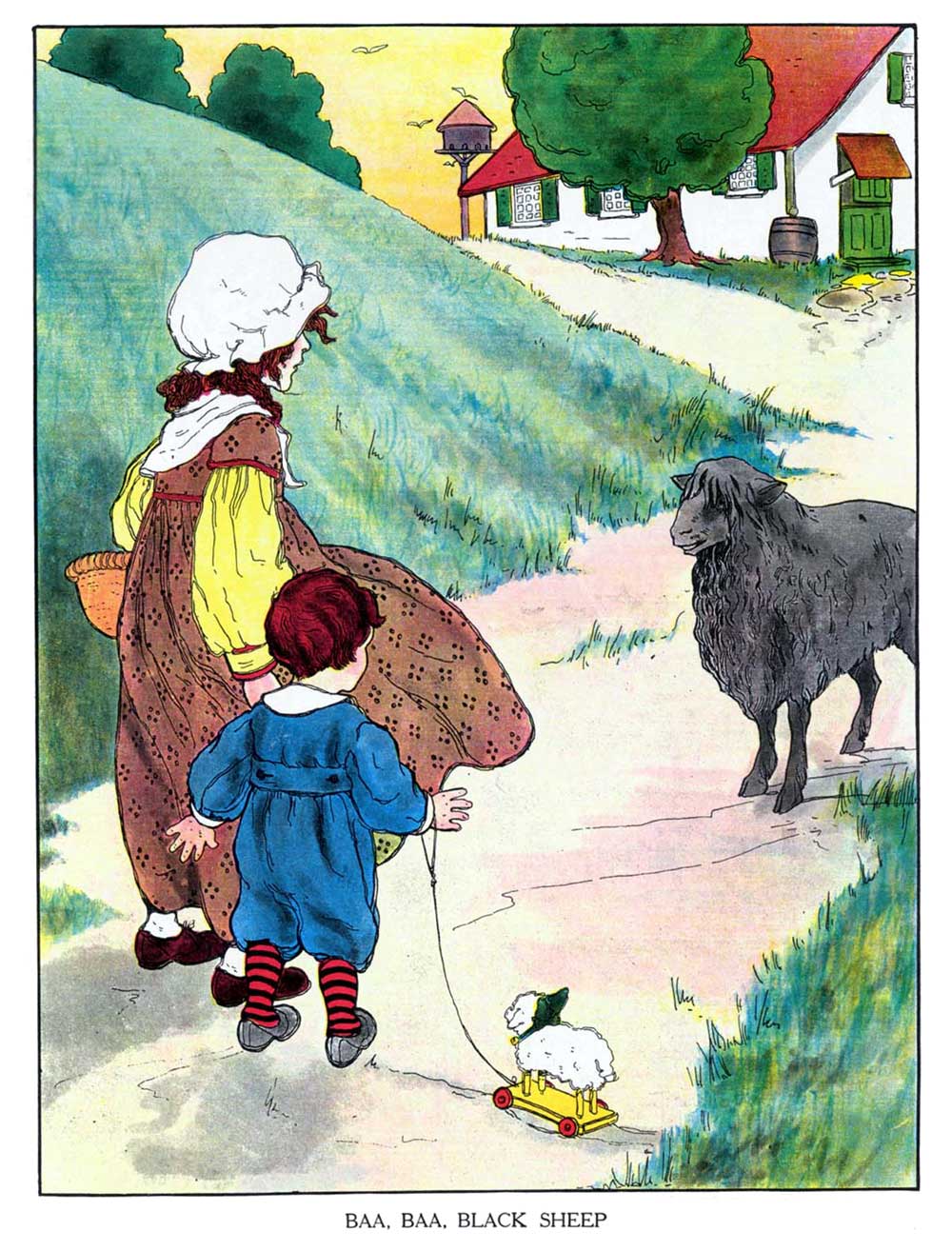
Why teach nursery rhymes at home?
Do you need to convince yourself or someone else of the importance of the nursery rhyme tradition? Here are just three of the many reasons that make them crucial to early childhood learning. I hope after reading this you’ll be able to answer with confidence when some asks you “Why teach Nursery Rhymes – aren’t they irrelevant?”
The first reason — children who sing nursery rhymes develop a strong sense of wellbeing
When a child is singing, time passes pleasantly and “feel-good” chemicals are being released in the brain. What’s more, nursery rhymes are short enough for a young child to master so they can feel good about knowing “the whole thing”. It’s also true that music (or poetry if the rhyme is spoken, not sung) plays on emotions providing a healthy flow in the child’s strong inner life. Why teach nursery rhymes? They make children feel happy. Easy starters are Baa Baa Black Sheep, Hickory Dickory Dock and Little Miss Muffet.
The second reason — children who know many nursery rhymes have a strong sense of identity
Traditional songs are indeed a crucial part of a child’s heritage. Children can access them from memory and “replay” them alone or with others. Nursery rhymes are toys for the mind; indestructible, enduring cultural icons shared with adults and peers, siblings and cousins, newsreaders. authors and film-makers.
Nursery rhymes are significant cultural fragments that bind societies through shared meanings. They appear in jokes, book-titles, headlines and quotes – spoken, written and in film script. They are the child’s “cultural capital”. Why teach nursery rhymes? They make children feel connected. Twinkle Twinkle Little Star, Cobbler Cobbler Mend My Shoe, and Little Jack Horner are some fascinating favourites.
The third reason — children who have nursery rhymes sung to them or read to them become great communicators
These short literary gems have story-lines that bring together vocabulary and prosody — the vocal patterns in a language. They feed the child’s growing need for narrative structure as they develop awareness of people, time, event and place and the way these elements inter-connect. I’ve acquired dozens of illustrated collections, including sturdy books that the children can handle and ‘read’. The artists’ interpretations aid the child’s comprehension.
Why teach nursery rhymes? They teach children how to talk sense and enjoy word-play too. Strong narratives appear and rhythmic word-play in Hey Diddle Diddle, Wee Willie Winkie and Michael Finnegan.
Three reasons— wellbeing; sense of identity; effective communication
I love singing nursery rhymes to and with toddlers and preschoolers because they take them very seriously and we know they have good reason to value them highly. Familiar nursery rhymes can make them feel good inside. They can give them a shared sense of identity with other people who know the same ones they know; and they learn from them how language can be manipulated to make jokes and stories happen. Search for my other posts on the category “nursery rhymes” if you start to catch fire from my passion for the topic.
Tell us what you think about nursery rhymes in the comments box below.
Buy individual Toddler Music lesson Plans to start your collection of play songs and nursery rhymes. Click here for the first one featuring Baa Baa Black Sheep and Little Miss Muffet along with 9 other nursery songs and games – We Play Music.
Image by Blanche Fisher Wright from Project Gutenberg. www.gutenberg.org
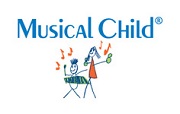
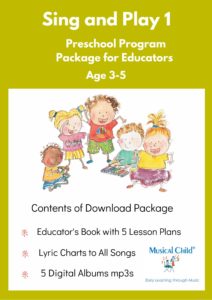

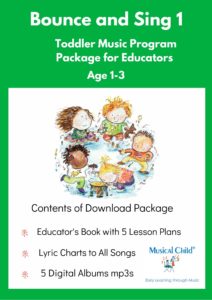
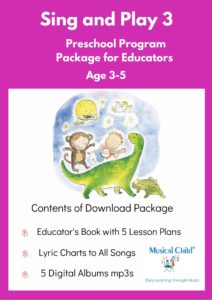
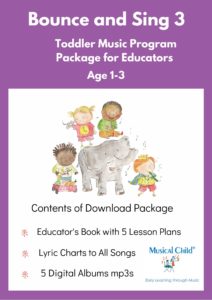
Trackbacks/Pingbacks